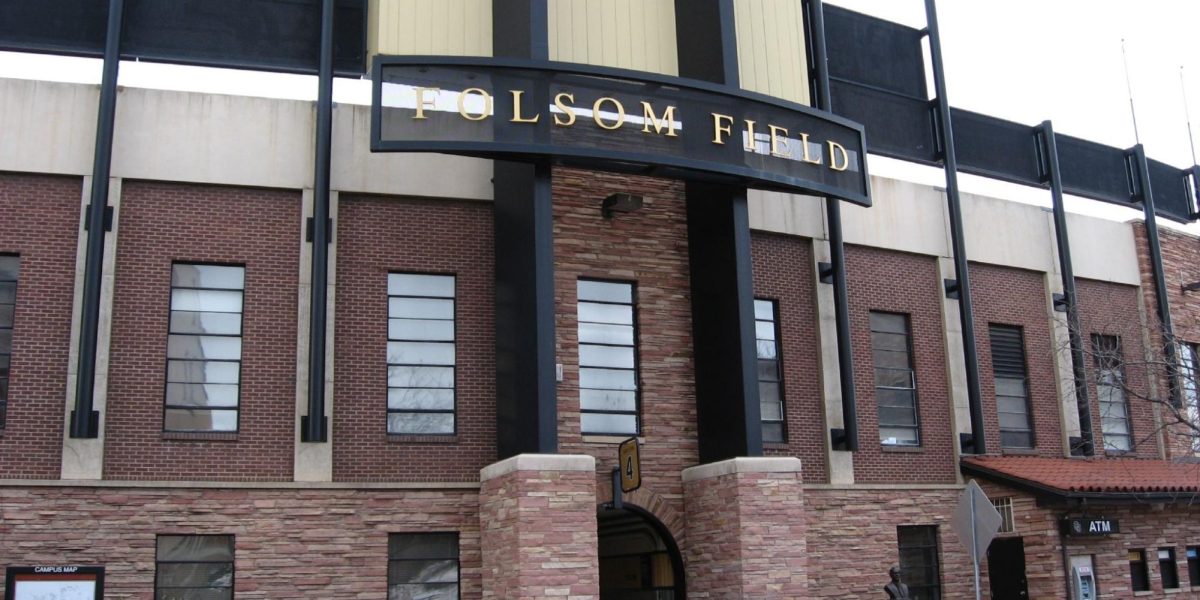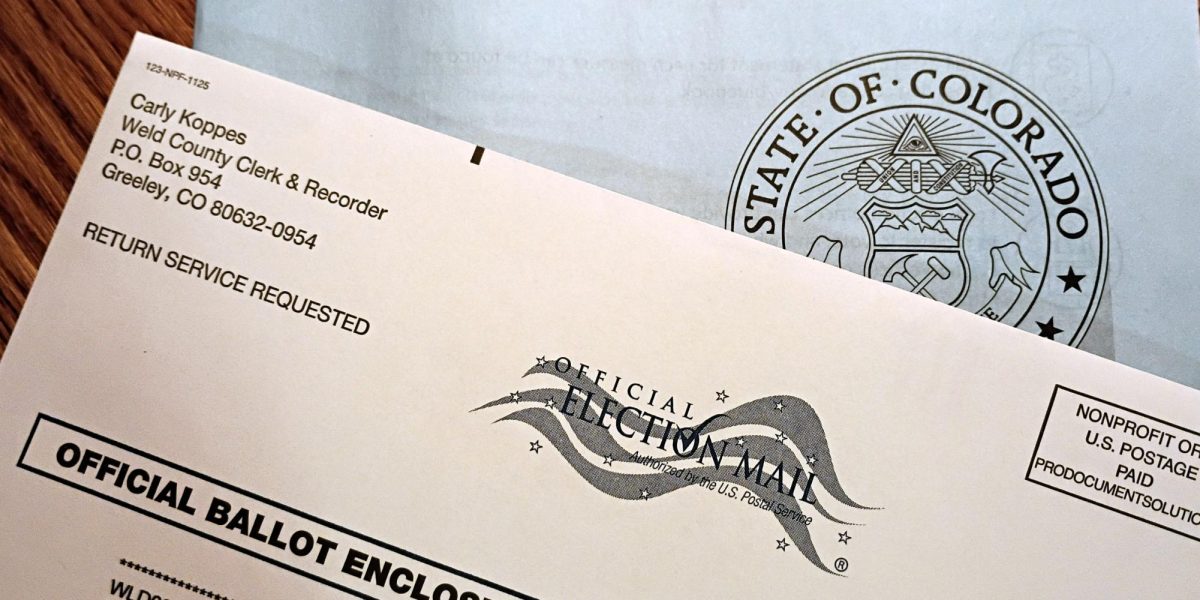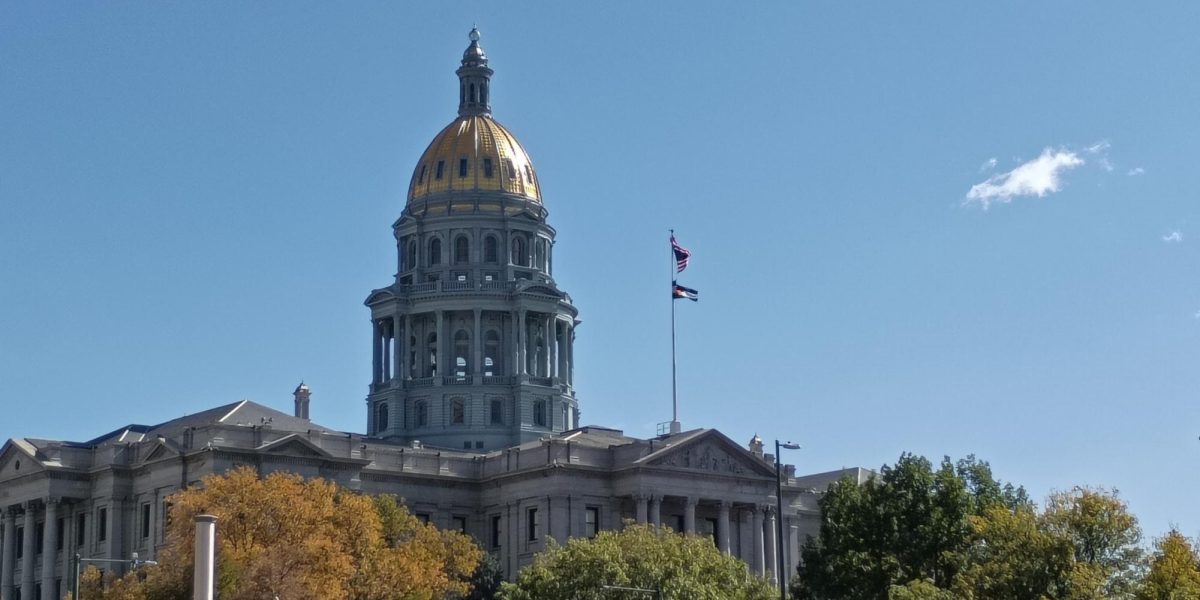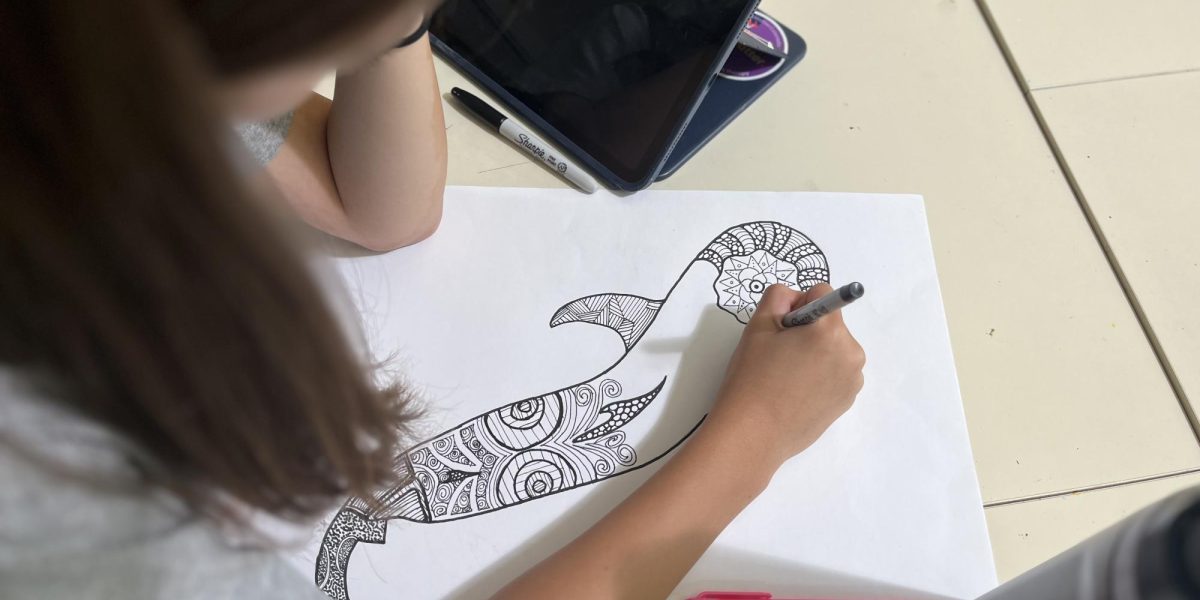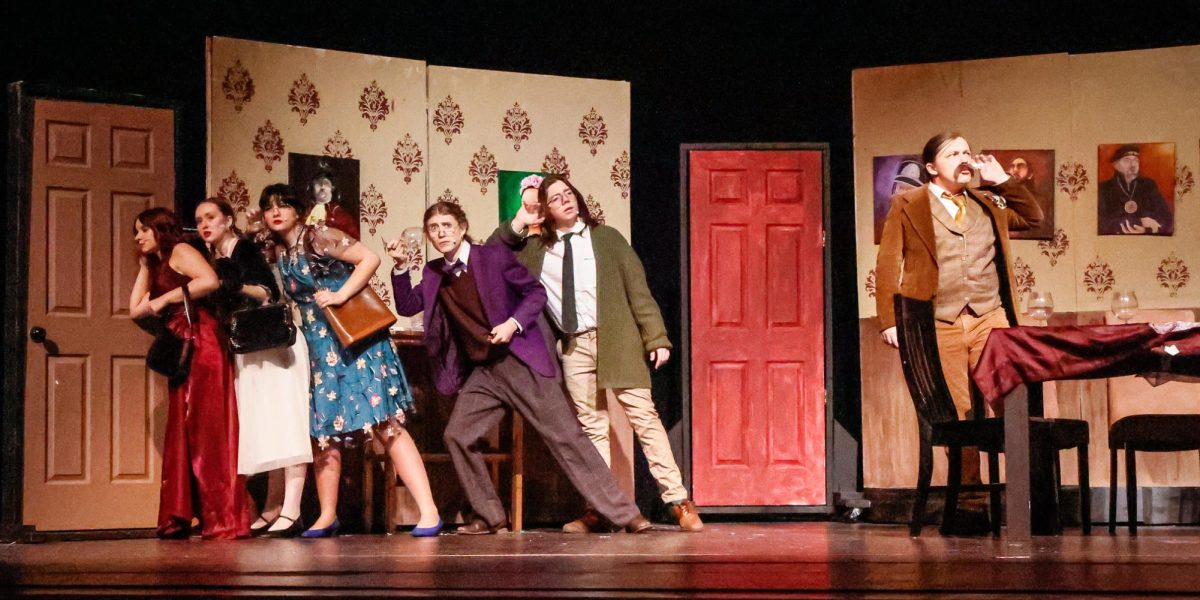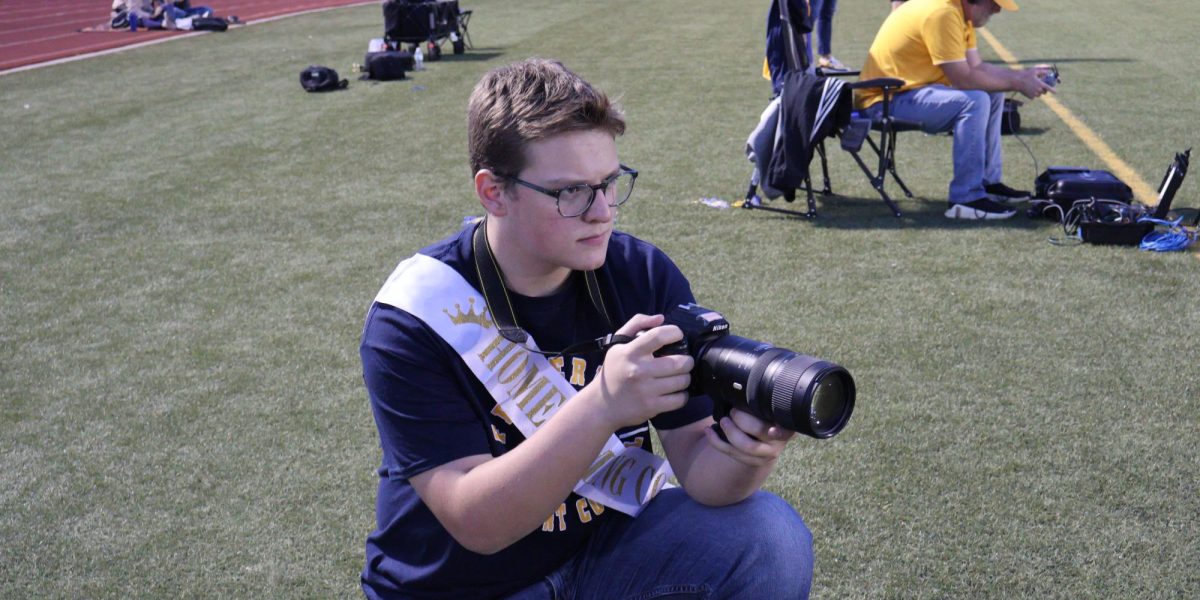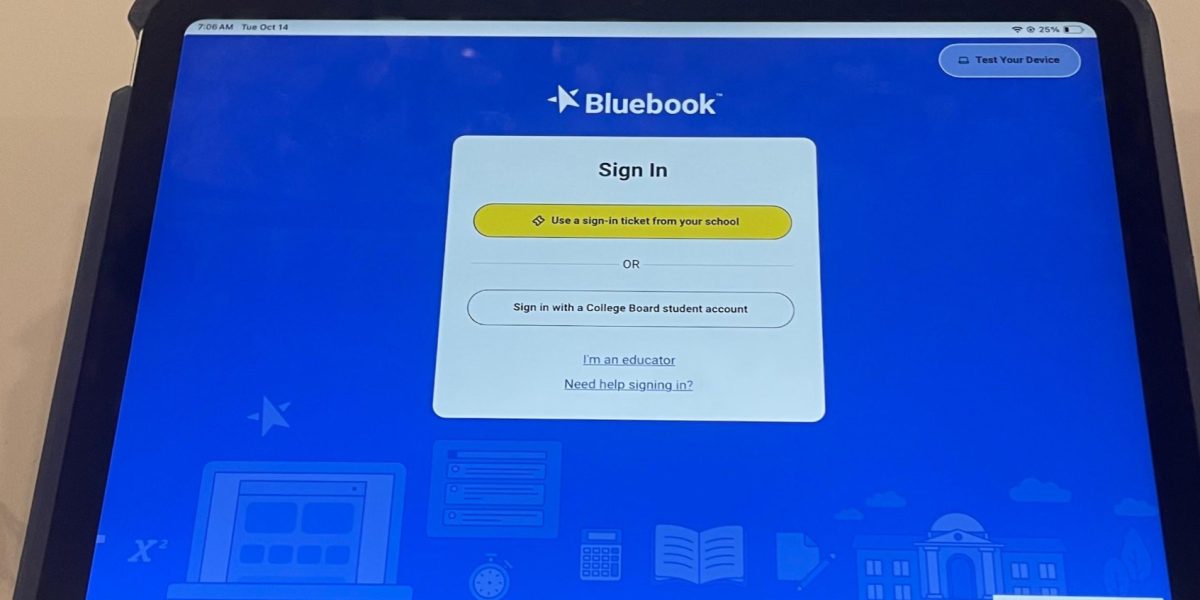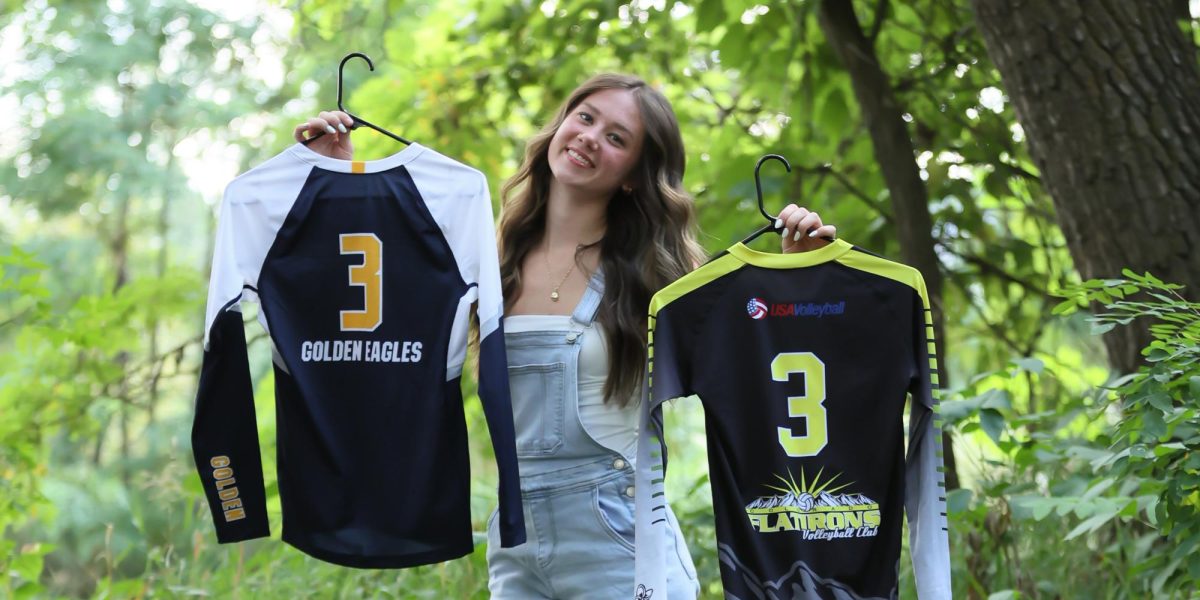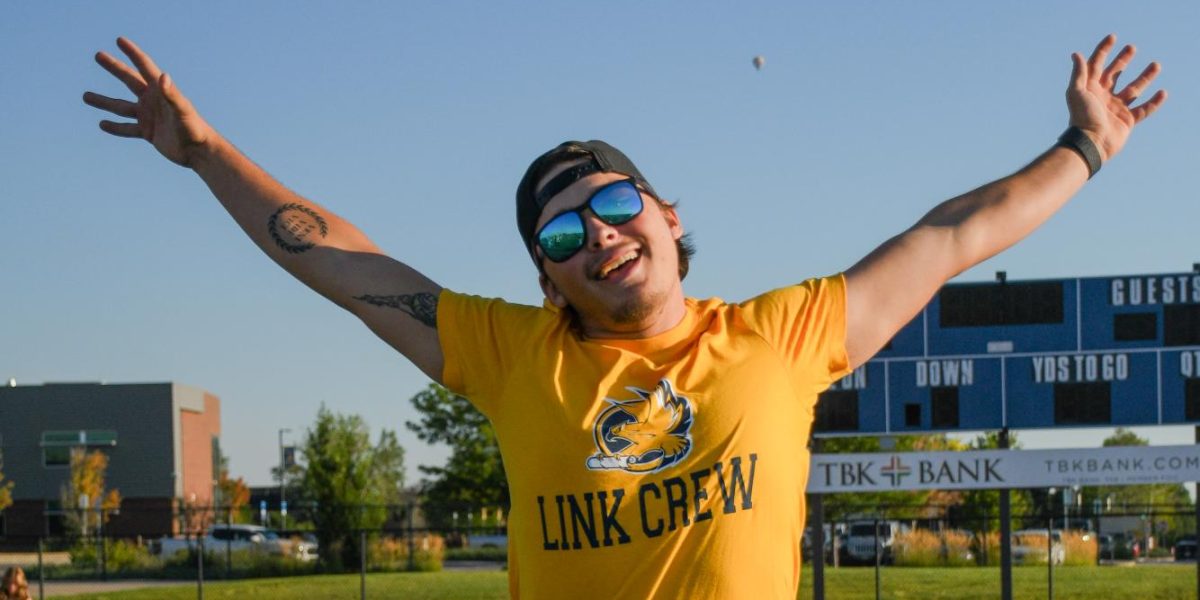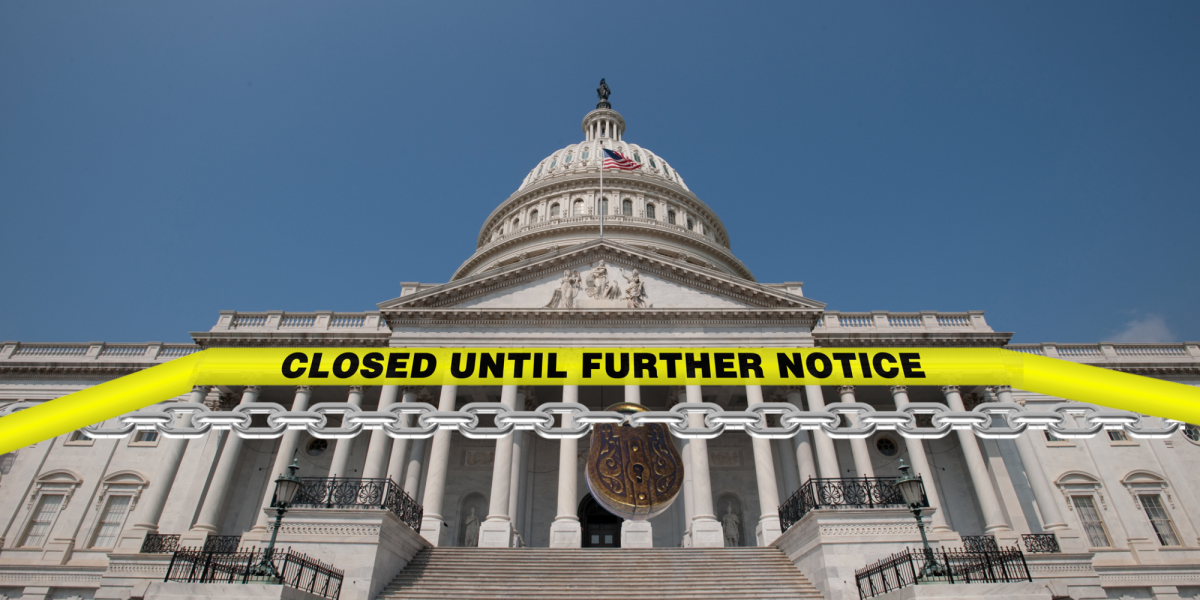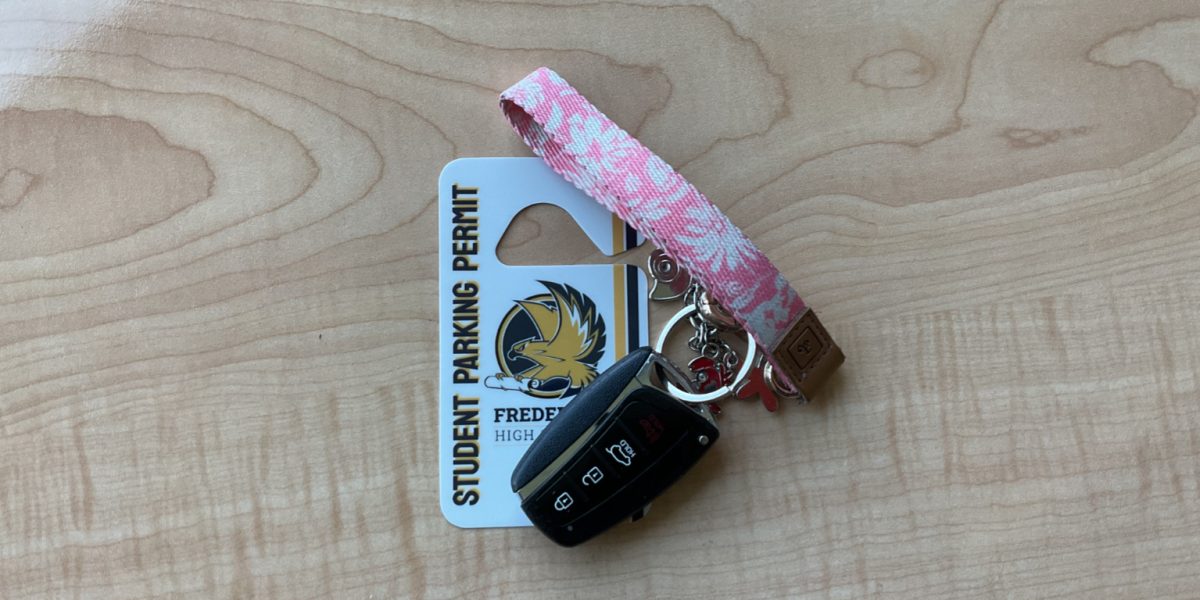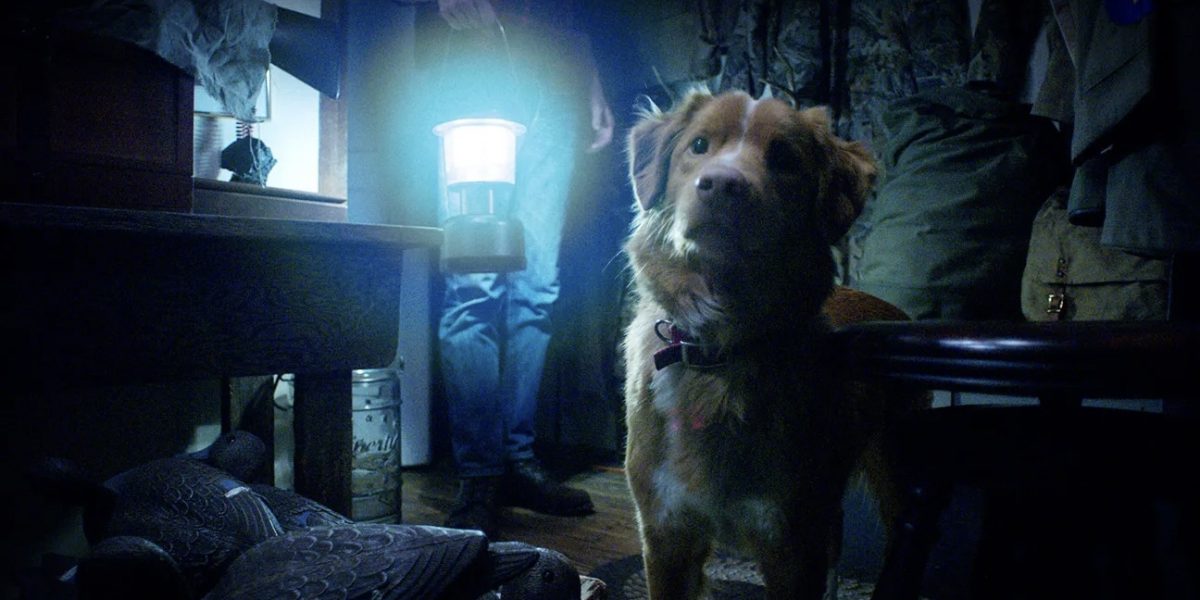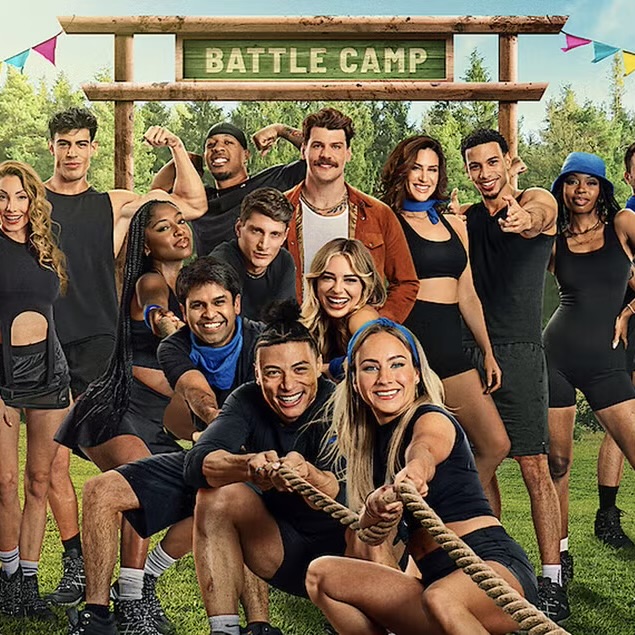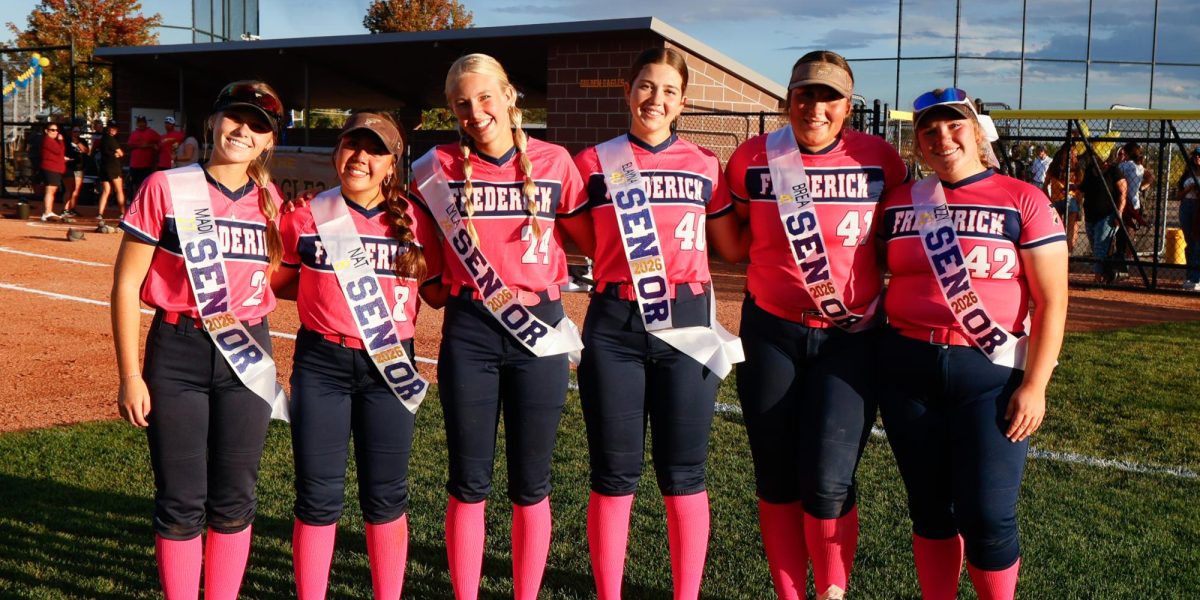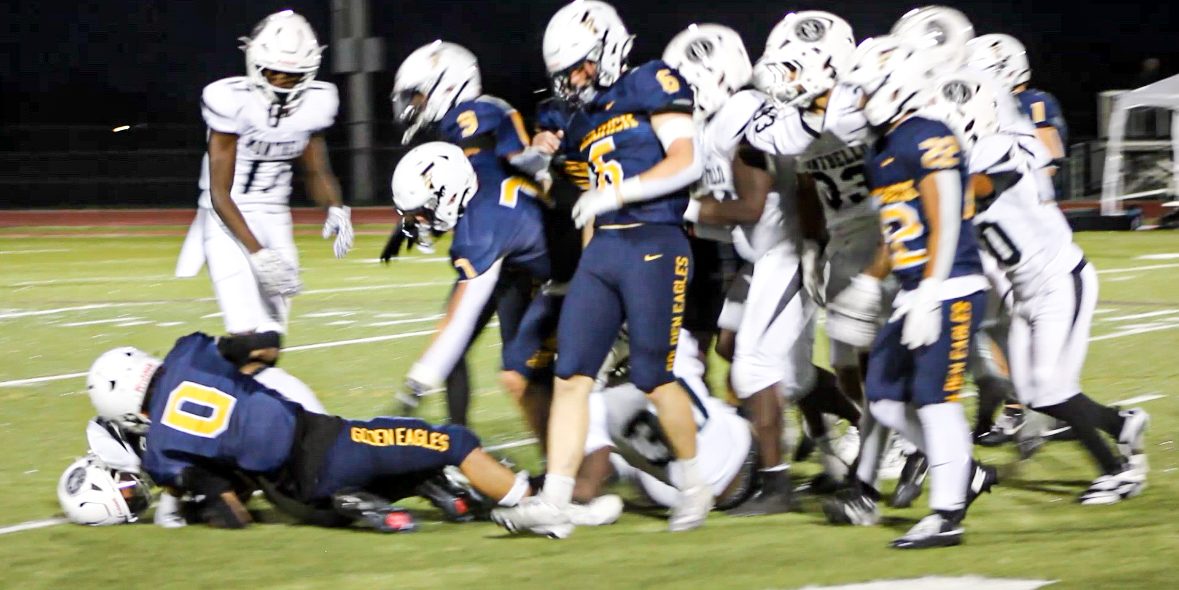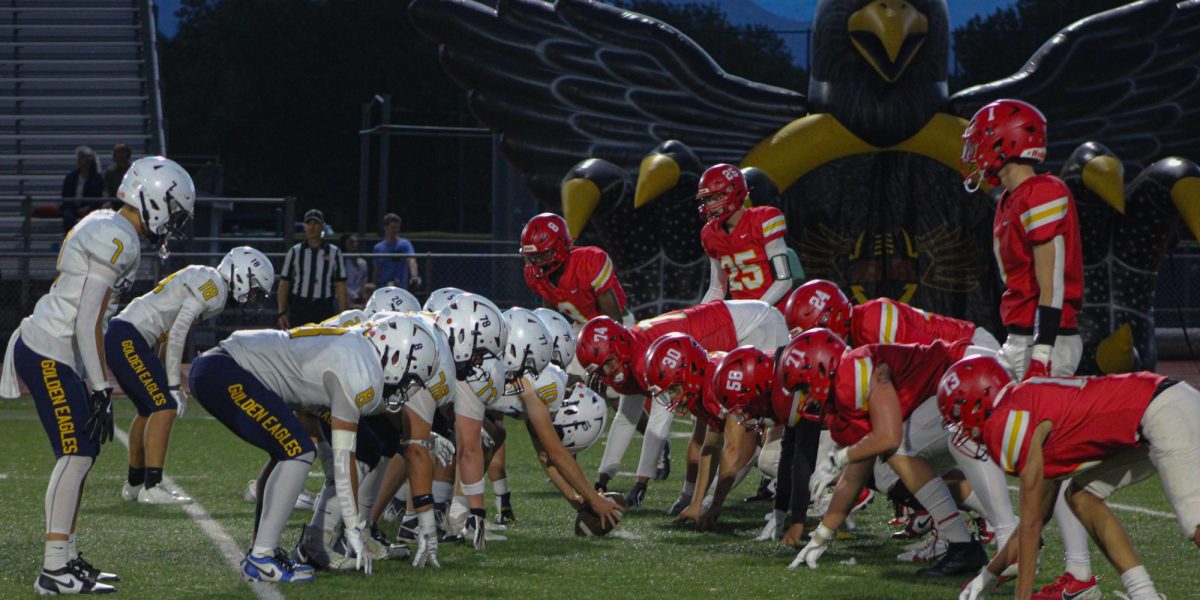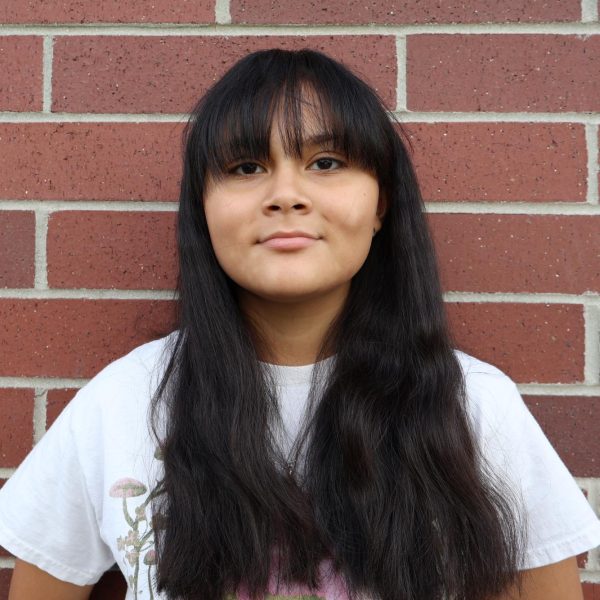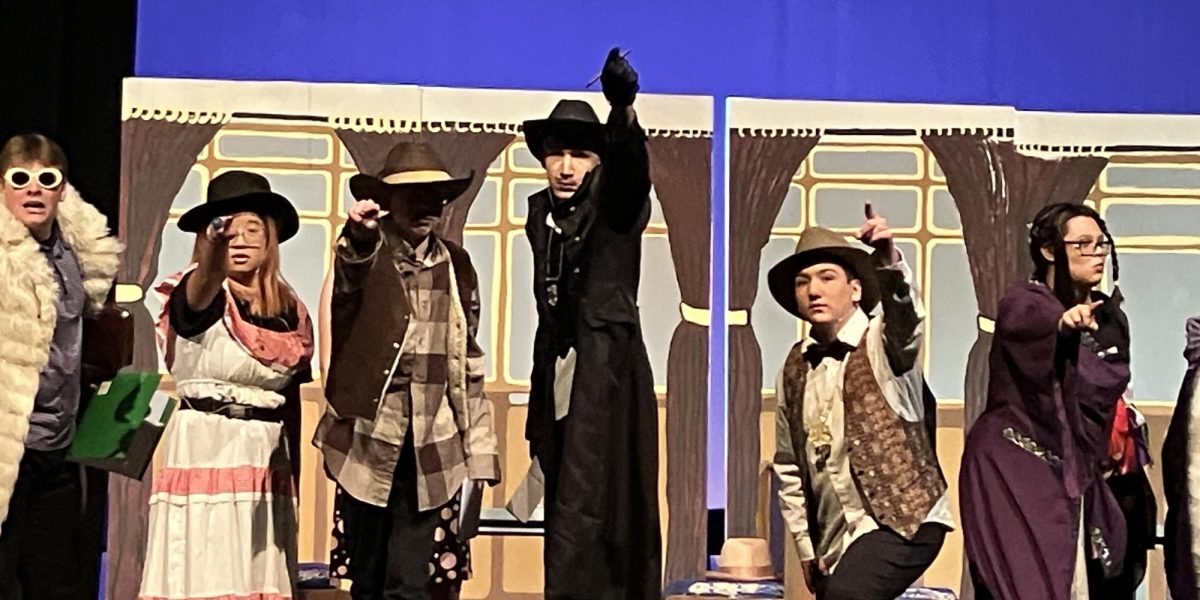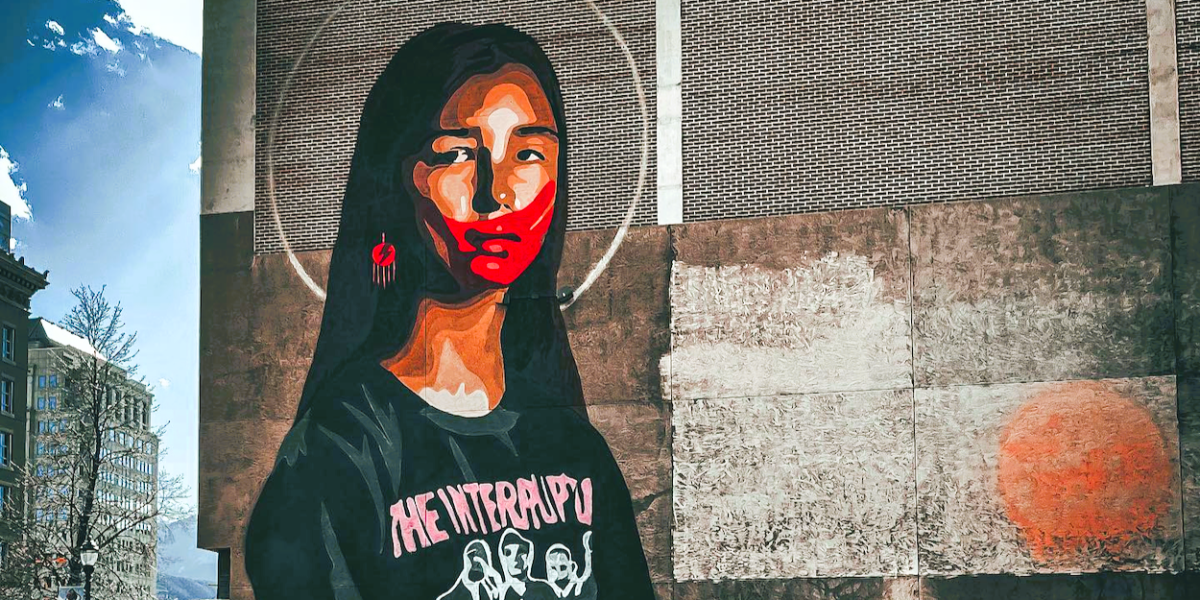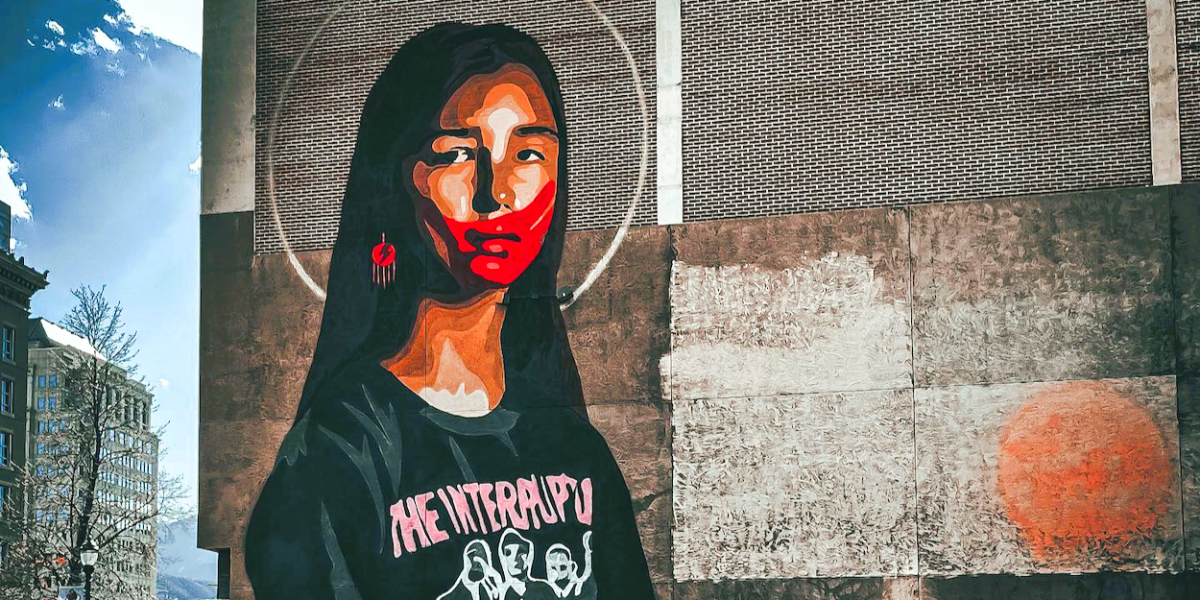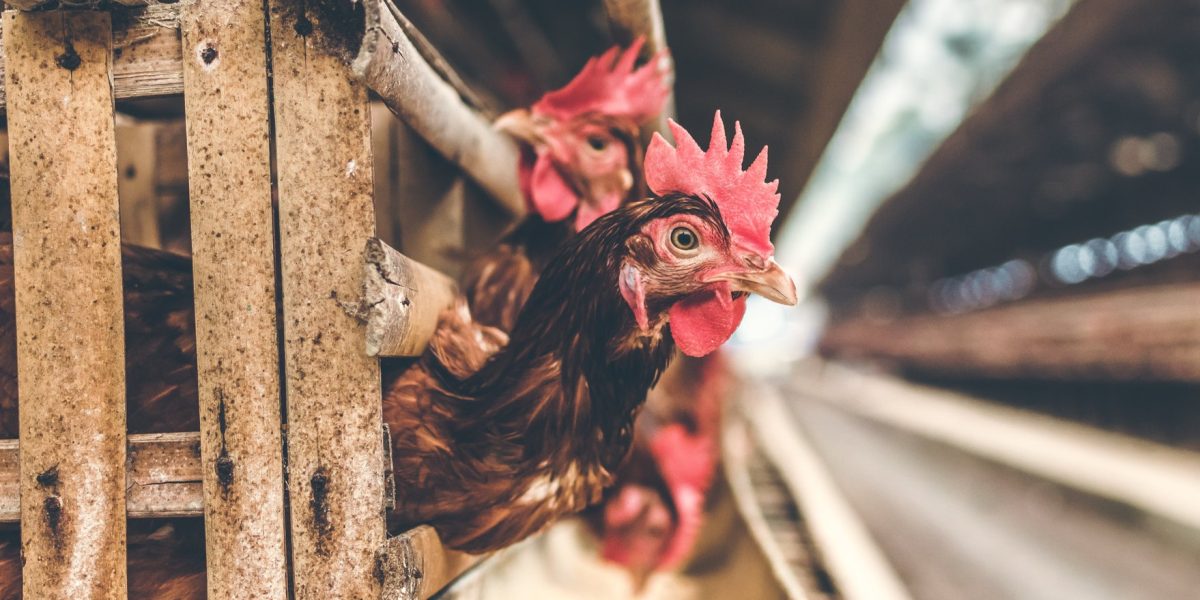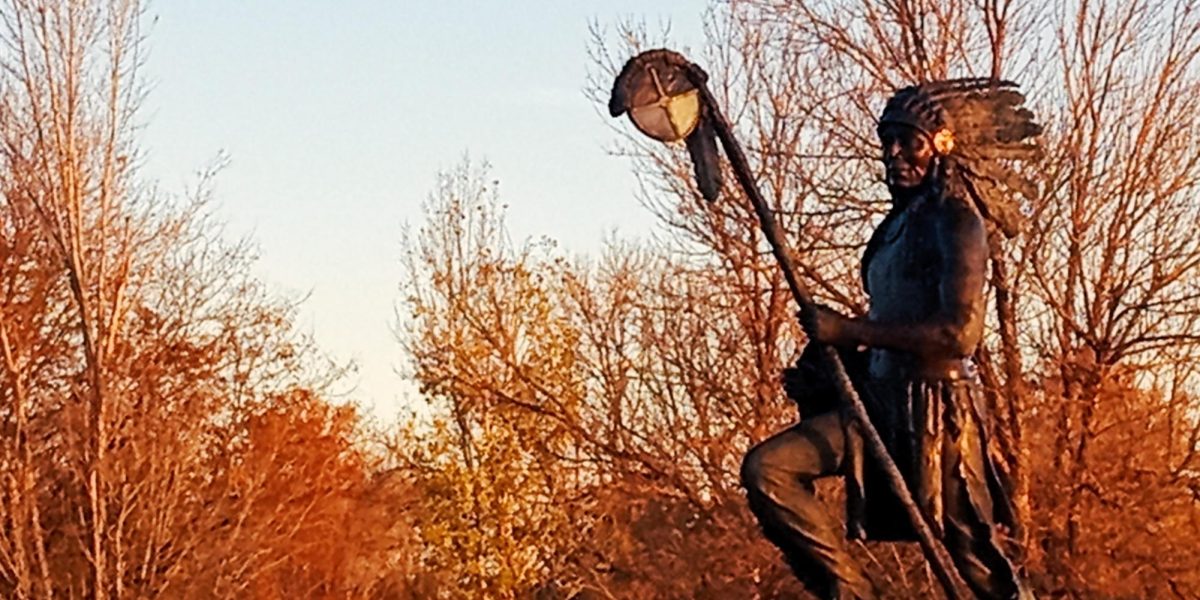
Stuck between spooky October and cherry December is November, the month of Thanksgiving. A typical American family’s Thanksgiving is defined by the three F’s: food, football, and (Black) Friday. However, there’s another F that should be remembered during the Thanksgiving festivities: First Nations. who are also collectively known as Native Americans or Amerindians. While the First Nations of America were instrumental characters in the popular myth of the first Plymouth Thanksgiving, they were so much more. The First Nations continue to leave an indelible imprint on our country.
Thankfully, the First Nations should get more exposure to the general public this month, as it is National Native American Heritage Month. This remembrance started with the Boy Scouts of America in 1916, and with the support of Seneca native Dr. Arthur Parker, it became “American Indian Day,” a holiday approved by Congress and celebrated on the second Saturday of May. In 1990, President George H.W. Bush converted American Indian Day into a Native American Heritage Month to be celebrated every November, when most indigenous tribes would hold feasts to celebrate the end of the harvesting season.
Perhaps the most noticeable legacy of the First Nations is in our language. Common words like moose, raccoon, coyote, skunk, barbecue, hammock, caucus, squash, chocolate, and guacamole all came from the First Peoples. Moreover, lots of our place names reflect the names given to them by the original inhibitors of the land: 27 states are named after First Nations names. Colorado has the counties of Arapahoe, Pueblo, Kiowa, and Ouray, and both Niwot and Erie High Schools are named after those of First Nations (Niwot was an Arapaho chief, and the Erie were a tribe near what is now Lake Erie who never ranged in Colorado).

Location is always a hazy subject when it comes to the First Nations: their tribal lands had no specific boundaries like states or countries and often overlapped with other tribes. More than 50 tribes once called Colorado home, with the largest tribe being the Ute of Western and Southern Colorado. However, only three tribes are noted to have lived in the Frederick area: the Apache, Arapaho, and Cheyenne.
The largest of the First Nations to live in the Frederick area were the Arapaho (sometimes spelled Arapahoe, like in Arapahoe County). The Arapaho originally lived around Lake Superior in Minnesota and Manitoba but moved west when encountering French trappers in the early 1700s. While many Arapaho settled in Montana, South Dakota, and Wyoming, a branch known as the Southern Arapaho pushed south to settle in northern Colorado and Nebraska and forced the Kiowa and Comanche out of the Front Range.
As white settlement encroached, the Southern Arapaho chief Little Raven brought together all the Colorado tribes west of the Rockies into a confederation to stand against abuses by settlers in the area. This included the Cheyenne, who came to Colorado in the early 1820s after they left the midwestern Great Plains to avoid white settlers. The Cheyenne were a mostly peaceful people that helped sustain Bent’s Old Fort in La Junta, which at the time it was constructed was the southernmost US trading post. However, several attacks on their people by settlers motivated them to join the Arapaho alliance. The US government recognized this confederation as the Arapaho and Cheyenne Nation.
One tribe that didn’t join the alliance was the Jicarilla Apache, a branch of the Apache nation that traditionally lived in Oklahoma and southern Colorado but expanded to the Front Range during the Indian Wars of the 1850s and 1860s. While Apache lived in the Front Range millennia before both the Arapaho and Cheyenne arrived (leading to the creation of the Kiowa), they were nomadic and only lived in small bands.
While the Arapaho and Cheyenne originally were allowed a vast expanse of land across Colorado, Wyoming, and Nebraska by the 1851 Treaty of Fort Laramie, this quickly changed with the Pikes Peak Gold Rush of 1858. In 1861, Colorado became an official territory of the United States and territorial governor John Evans tricked Chief Little Raven and Chief Black Kettle of the Cheyenne (among others, including Chief Niwot) to sign the Treaty of Fort Wise, which reduced their tribal lands to a small reservation between Sand Creek and the Arkansas River less than 1/10th of its previous size.
The Treaty of Fort Wise angered many of the Arapaho and Cheyenne Nation. Some of the fiercest Cheyenne warriors, known as Dog Soldiers, refused to go to the reservation and, like the Apache, would attack new white settlements. In turn, Evans fought back with his own army. Colorado had organized a military force in 1861 to support the Union in the Civil War, but after defeating the Texas Confederacy in the 1862 Battle of Glorieta Pass, these militias turned toward fighting the First Nations in what is now known as the Colorado War.

While most of the Arapaho and Cheyenne peacefully lived on the reservation, raids by Dog Soldiers and Apache bands kept tensions high. After 96 settlers were killed across 32 separate raids, Evans commanded Colonel John Chivington and his regiment of Colorado volunteers to seek retribution by attacking the reservation and killing everyone they could—men, women, and children. This was known as the Sand Creek Massacre, where over 230 members of the Arapaho and Cheyenne Nations were killed.
As most of the chiefs that signed the Treaty of Fort Wise had been killed in the massacre, the Dog Soldiers became the new chiefs and declared war against the US government. This resulted in the elimination of the Arapaho and Cheyenne reservation by Evans and the Arapaho and Cheyenne getting run out of the state during the 1865 Battle of Julesburg, after which they they joined the Sioux and Lakota tribes in Montana and fought in the Great Sioux War, culminating in the Battle of Little Big Horn in 1876.
Beyond history and language, the First Nations provided America with many of its cultural features. Athletic pursuits like canoeing, snowshoeing, tobogganing, relay races, tug-of-war, and ball-hoop games came from indigenous tribes. American Sign Language was developed from the traditional hand and arm signals the First Nations used to facilitate trade and communication between tribes that spoke different languages. 60% of the foods we eat were first cultivated and domesticated by the First Nations, including corn, tomatoes, potatoes, blueberries, beans, and avocados.
The communal decision making of the Pequod and Iroquois influenced the organization of the US branches of government, and the herbal medicines developed by the First Nations led to the pharmaceutical development of aspirin, Pedialyte, Accutane, mouthwash, sunscreen, birth control, baby formula, syringes, and the concept of vaccination. Teachers can thank the First Nations for pioneering gender equality and trans visibility in education (and curse them for planting the seeds that would lead to vaping).
So how can the Frederick High community celebrate Native American Heritage Month? Start by acknowledging the legacy of the First Nations all around you. Educate yourself on the culture, history, and the fight these tribes are facing right now. If you get an opportunity to participate in a Native American cultural event in your community, do it! Support petitions and movements by First Nations tribes to fight against discrimination. If you learn about the land you sit upon, you’ll realize that their legacy is part of your legacy too.

